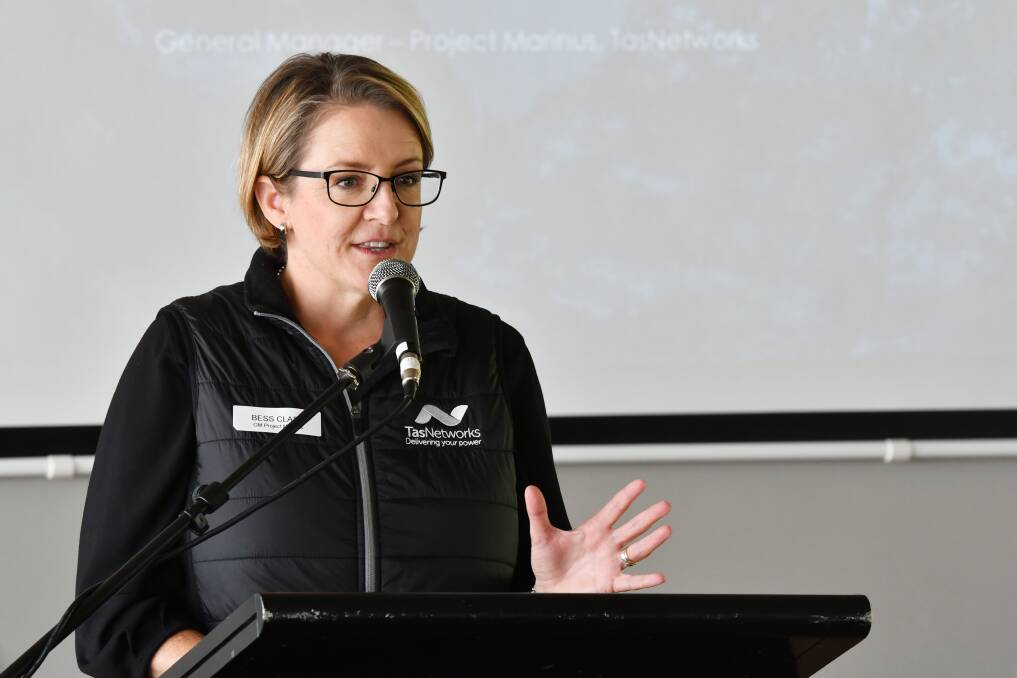
Tasmanians can expect lower power prices if the Marinus Link electricity interconnector to Victoria goes ahead.
Subscribe now for unlimited access.
$0/
(min cost $0)
or signup to continue reading
That is according to two new independent reports considering the $3.5 billion interconnector project plus related transmission developments in the North-West.
"The Project Assessment Conclusions Report ... shows that Project Marinus satisfies the regulatory investment test for transmission," TasNetworks said.
"The Wholesale Pricing Report, supported by independent analysis undertaken by international experts FTI Consulting, demonstrates that customers will benefit from lower wholesale energy prices in a future grid with Marinus Link, compared to a future grid without it."
FTI Consulting managing director Jason Mann said the National Electricity Market (NEM) was transitioning as coal-fired generation retired and variable renewable energy was taking its place.
"Accessing the existing spare and refurbished on-demand hydro capacity, along with cost-competitive pumped hydro potential, provides lower-cost on-demand energy compared with other solutions available to the NEM.
"This, together with the new wind resources that are expected to be delivered in Tasmania, puts downward pressure on future wholesale energy prices for all customers in the NEM."
The NEM takes in Tasmania, Victoria, New South Wales, Queensland, the ACT and South Australia.
"The benefit to consumers arising from Marinus Link and additional Tasmanian renewables capacity, in terms of lower wholesale electricity prices, is widely spread across the NEM, with all jurisdictions being better off," Mr Mann said.
"Therefore, it is necessary to develop an approach that recovers the costs of Marinus proportionately from those who benefit from the link."
TasNetworks' Project Marinus general manager Bess Clark said the Wholesale Pricing Report clearly showed all NEM customers would be better off if Project Marinus proceeded and the costs were shared fairly and efficiently across the NEM regions.
TasNetworks said the independent modelling suggested under the current pricing framework Tasmania and Victoria would pay all the costs for Project Marinus, but would only receive 34 per cent of the benefits.
It said allocating the cost of interconnection fairly would need a change to the rules.
"Customers in all NEM regions will be better off with Project Marinus if interconnector project costs are allocated in line with the benefits customers receive," Ms Clark said.
"A beneficiary pays model is a fairer outcome to recover the Project Marinus costs over its 40-plus year service life."
Ms Clark said customers across the NEM would continue to pay more for electricity "without access to vast cost-effective storage options like Battery of the Nation".
TasNetworks said Marinus would unlock a pipeline of future renewables development.


